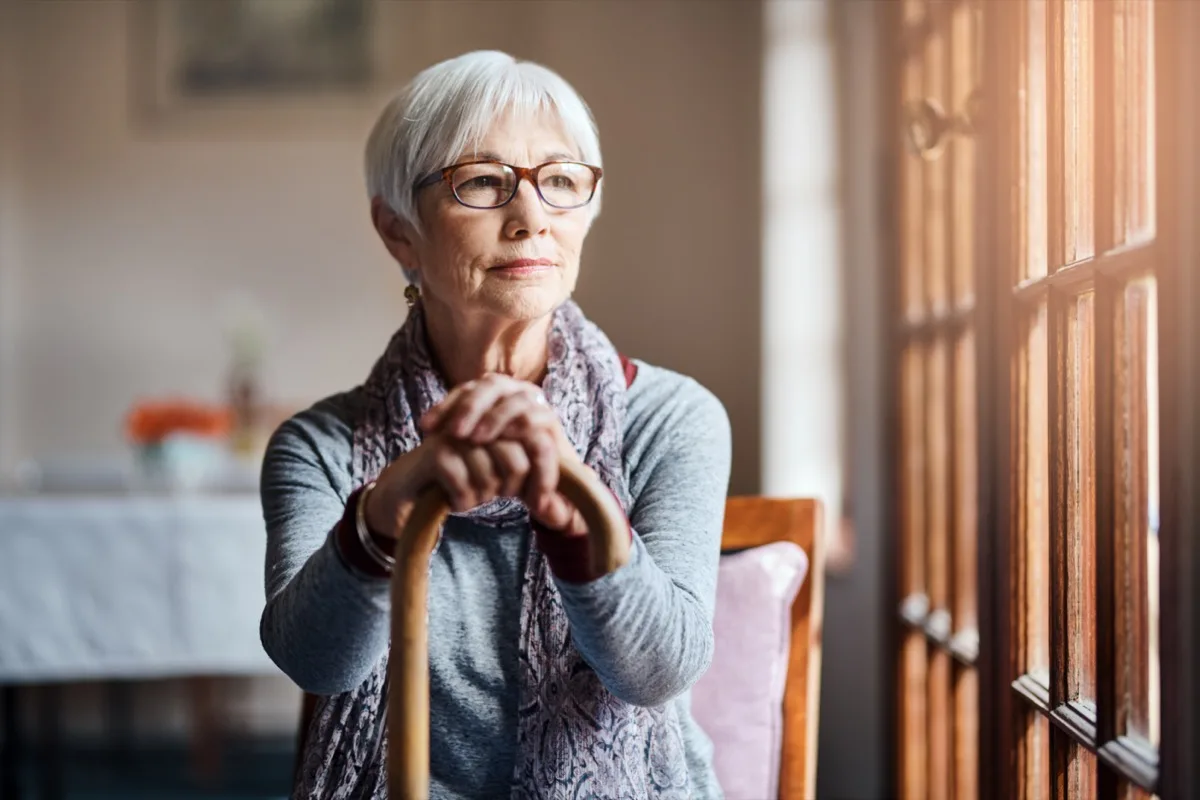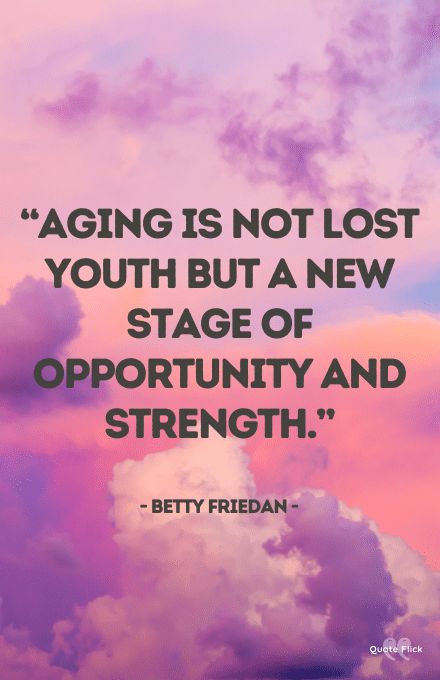As skyrocketing inflation pressurises household budgets worldwide, the Association of Superannuation Funds of Australia (ASFA) says Australian retirees stand in stark contrast to their overseas counterparts who do not have the safety net provided by compulsory superannuation.
ASFA Deputy CEO, Glen McCrea says despite the current pressure on household budgets, Australian retirees are in a stronger retirement position than their global peers because of Australia’s robust superannuation system and retirement pillar settings.
“In contrast, the age pension remains affordable for the government in Australia where, in aggregate, retirees on average have larger private retirement savings balances than in most countries in the world. This helps cover costs during tougher times, providing a brighter outlook for Australian retirees than is the case for their international counterparts,” said Mr McCrea.
While the major categories of expenditure including food, transport and energy have all increased over the past quarter, analysis of those increases reveals that the causes lie mainly outside Australia.
The ASFA Retirement Standard September Quarter 2022 figures have risen in lockstep with quarterly inflation. Couples aged around 65 living a comfortable retirement now need to spend $68,014 per year and singles $48,266, both up by 1.9 per cent on the previous quarter. The ASFA Comfortable budget assumes one major trip overseas every seven years.
Over the year to September 2022, the amount needed for a single person to fund a comfortable retirement has risen by 6.7 per cent and for a couple by 6.6 per cent, slightly lower than the current CPI of 7.3 per cent.
Strong price rises were recorded across all food and non-food grocery products in the September quarter. These increases reflected a range of price pressures including supply chain disruptions, weather-related events, such as flooding, and increased transport and input costs.
In the 12 months to the September quarter fruit and vegetables prices rose 16.2% and dairy products increased 12.1%. Dairy and related products rose 6.8% due to higher milk prices.
Over the year to the September quarter, imported inflation saw oils and fats up 19.3%, coffee up 10.7% and gas 16.6% and automotive fuel 18.0%. These prices are set to remain high while geopolitical concerns persist.
Increased demand, high fuel prices and capacity constraints saw domestic travel and accommodation up 10.8% over the year and international travel and accommodation up 25.3%.
Meals out and take away foods rose 2.9% due to rising input costs and ongoing supply and labour shortages. Alcohol rose 1.4% due to the increase in the bi-annual excise tax for alcohol on 1 August.
Details for the various updated budgets follow.
Table 1: Budgets for various households and living standards for those aged around 65 (September quarter 2022, national)
| Household type | Single Modest | Couple Modest | Single Comfortable | Couple Comfortable |
| Housing – ongoing only | $109.24 | $122.66 | $128.37 | $133.94 |
| Energy | $35.05 | $47.08 | $44.41 | $55.07 |
| Food | $104.04 | $192.89 | $134.52 | $233.80 |
| Clothing | $20.86 | $39.64 | $27.86 | $51.88 |
| Household goods and services | $37.12 | $43.51 | $82.45 | $101.52 |
| Health | $53.33 | $103.11 | $109.02 | $204.32 |
| Transport | $103.93 | $110.70 | $169.82 | $183.93 |
| Leisure | $104.30 | $163.73 | $205.69 | $309.20 |
| Communications | $17.99 | $20.27 | $22.50 | $29.29 |
| Total per week | $585.86 | $843.57 | $924.64 | $1,302.95 |
| Total per year | $30,582 | $44,034 | $48,266 | $68,014 |
Table 2: Budgets for various households and living standards for those aged around 85 (September quarter 2022, national)
| Household type | Single Modest | Couple Modest | Single Comfortable | Couple Comfortable |
| Housing – ongoing only | $109.24 | $122.66 | $128.37 | $133.94 |
| Energy | $35.05 | $47.08 | $44.41 | $55.07 |
| Food | $104.04 | $192.89 | $134.52 | $233.80 |
| Clothing | $20.86 | $39.64 | $27.86 | $51.88 |
| Household goods and services | $54.05 | $77.78 | $160.70 | $192.51 |
| Health | $93.02 | $129.74 | $153.58 | $241.95 |
| Transport | $41.68 | $52.09 | $46.88 | $57.30 |
| Leisure | $67.46 | $96.70 | $140.39 | $196.53 |
| Communications | $17.99 | $20.27 | $22.50 | $29.29 |
| Total per week | $543.65 | $778.84 | $859.21 | $1,192.28 |
| Total per year | $28,379 | $40,656 | $44,851 | $62,237 |
More information
Costs and summary figures can be accessed via the ASFA website, https://www.superannuation.asn.au/media/media-releases/2022/media-release-17-november-2022

